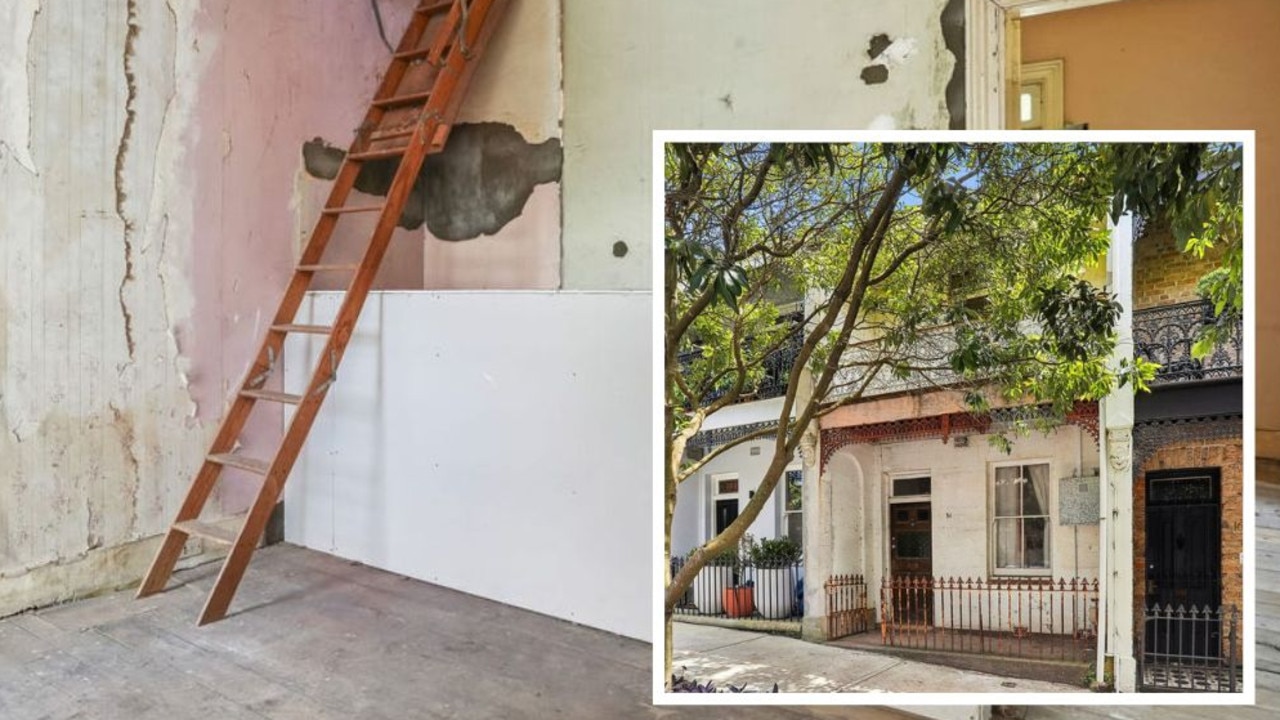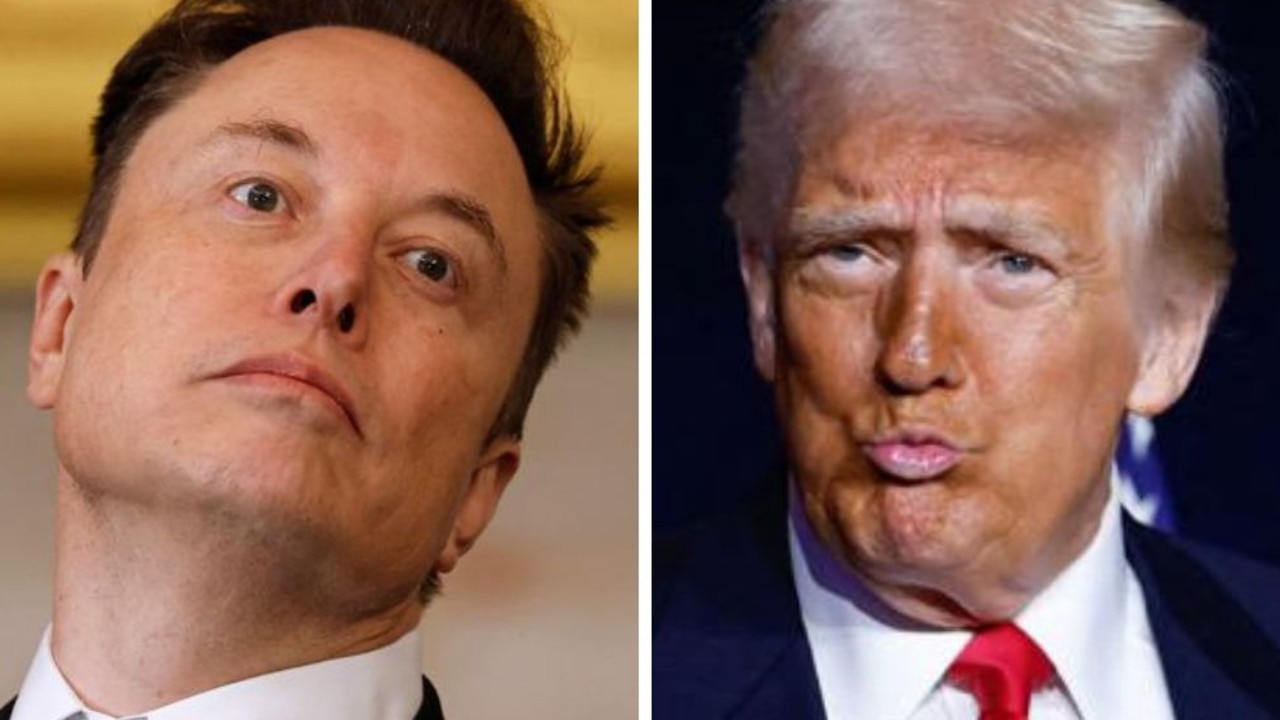Warning over a looming crisis as Australia’s population surges
Australia’s population is surging at an “eye-watering” pace of 13,148 people per week, mostly from immigration, sparking calls for a dramatic rethink.

Business
Don't miss out on the headlines from Business. Followed categories will be added to My News.
Australia’s population is growing at an “eye-watering” pace of 13,148 people per week, with immigration accounting for more than 80 per cent of the record increase.
That’s sparked calls from a policy lobby group for radical reforms to “stabilise” the nation’s population to avoid a series of economic, environmental and health and wellbeing crises.
Earlier this year, Sustainable Population Australia released a position statement supported by prominent Australians like millionaire entrepreneur Dick Smith and academic Professor Ian Lowe, that has since attracted 12,000 signatures from everyday people.
Peter Strachan, national president of the lobby group SPA, said the document has become “the prime tool people can use to show how they feel about excessive population growth”.
“Australians see no benefit to their quality of life following Australia’s 8.2 million or 43 per cent population growth since the year 2000,” Mr Strachan said.

At the current level of growth, an additional 4200 dwellings are needed each week to keep pace, but the number being built is 1000 less than that.
Diana Mousina, deputy chief economist at AMP, agreed the record increase in immigration was adding to housing market pressures.
“Demand for housing is running well above supply,” Ms Mousina said.
“Housing demand is tracking at around 220,000 per year but dwelling completions, which are indicative of housing supply, [were about] 175,000 in 2023.
“Current building approvals, which are a sign of future completions, are running close to an annualised figure of 160,000, which means the outlook for housing supply remains very challenging, despite the government targets to lift housing supply.”
That housing shortfall will continue to add pressure to the already tight rental market, which is evident in ultra-low vacancy rates and skyrocketing price growth.
But Ms Mousina said the pace of net migration “is unlikely to continue at its current rate because the increase in temporary arrivals reflects a catch-up after the pandemic”.
Australia’s average annual population growth rate is forecast to slow to 1.1 per cent over the coming 40 years. That’s down on the 1.4 per cent annual average over the past four decades.

On top of that, demographer Liz Allen from the POLIS Centre for Social Policy Research at the Australian National University said household structures are changing too.
“More people are living alone, and the number of people in each household on average is declining,” Ms Allen wrote in analysis for The Conversation.
“A close examination of Australia’s demography helps contextualise the country’s housing mismatch.”
A brewing political war
The SPA has launched a campaign that calls for policies to cap Australia’s population at 30 million or less to “support better availability of housing and social infrastructure”.
The country’s population is currently sitting at an estimated 26.82 million people and is projected to hit 45 million by 2070.
“SPA’s petition puts out a call to say ‘no’ to a Big Australia and ‘yes’ to an Australia where everyone can afford a place to live, where children can find a classroom to study and where the environment is not continually being degraded by population expansion.”
The group believes the population debate is being stifled by claims those opposed to “a big Australia” are racist or anti-migrant.
And it predicts population will be the main election issue at the next federal election, due to be held in 2025.

The Opposition has seized on brewing unease in the community, with leader Peter Dutton warning of the apparent serious risks, including safety.
But political leaders and media commentators are sparking a “magnified hostility towards migrants animated by politically motivated fearmongering and xenophobia”, Sara Dehm, a senior lecturer in international migration at the University of Technology Sydney, argued.
“Non-citizen migrants become scapegoats for perceived dangers to the wellbeing of the national population,” Ms Dehm wrote in analysis for The Conversation.
“They can also be blamed for the ‘uncertainties’ of contemporary global capitalism.
“Such migration panic fosters an artificial ‘us and them’ divide and creates the perception of a crisis around immigration that is then used to justify more migration controls and restrictions against non-citizens.”
An overstated long-term issue?
A report by Oxford Economics found a large chunk of the boom in population is coming from temporary migration, with strong growth across all key visa categories that allow foreigners to be here for a short time.
They include working holiday visitors and tourists, as well as students from abroad attending university or college.
The number of international student visas granted in the second quarter of 2023-24 hit 106,000 – 71 per cent above the same three-month period in 2019.
“The combination of a favourable exchange rate, increased working rights compared to pre-pandemic, a strong labour market, and considerable stored demand from almost two years of a closed border has triggered a boom in international student volumes,” the report noted.

In fact, temporary worker visa growth has shown “waning” momentum in recent times.
International education was the country’s fourth-largest export market in 2023, valued at about $48 billion. Of that amount, an estimated $31 billion was spent directly in the broader economy, while $17 billion went to universities and colleges in tuition.
Of the foreign students coming to Australia each year, only 40 per cent are at universities while the remainder are enrolled in private colleges and English language schools.
Economic problems loom large
The government’s latest Intergenerational Report, released last August, warned the country’s ageing population poses ongoing economic and fiscal challenges.
“Australians are living longer with more years in full health and more time using government-funded services. Increased longevity, alongside low fertility rates, means the population will continue to age over the next 40 years,” it read.
“The number of people aged 65 and over will more than double and the number aged 85 and over will more than triple.”
Critical to weathering the impacts of major economic upheaval will be “a well-targeted migration program”.
However, reforms to immigration to ensure the system “serves the national interest and complements the skills and capabilities of Australian workers” are essential, the report noted.

Research by the government’s Centre for Population and the global Organisation for Economic Cooperation and Development found migration helps to boost the productivity of Australian-born workers.
“On average, a region with a 10 per cent larger migrant share – 33 per cent instead of 30 per cent – has a 1.3 per cent larger regional wage difference, which indicates a positive link between migration and labour productivity,” the research found.
“Migration boosts the employment of the Australian‑born population and does not affect its wages. A one percentage point rise in the annual migrant inflow, measured as the share of the total population, on average, leads to a 0.53 per cent increase in the employment of the Australian‑born population.
“Australian‑born people of all skill levels, ages or genders benefit from this positive effect.”

Mr Strachan said the economic justifications for high immigration “have not lived up to their promise” over the past few decades.
“In particular, Treasury’s myopic focus on GDP expansion at the expense of falling GDP per capita, rising inequality and homelessness, and ongoing environmental damage, is not serving Australia’s interests.
“It is absolutely absurd that the Albanese government is willing to see more hardworking Australians become homeless in order to import so-called skilled workers who never get skilled jobs.”
Originally published as Warning over a looming crisis as Australia’s population surges





